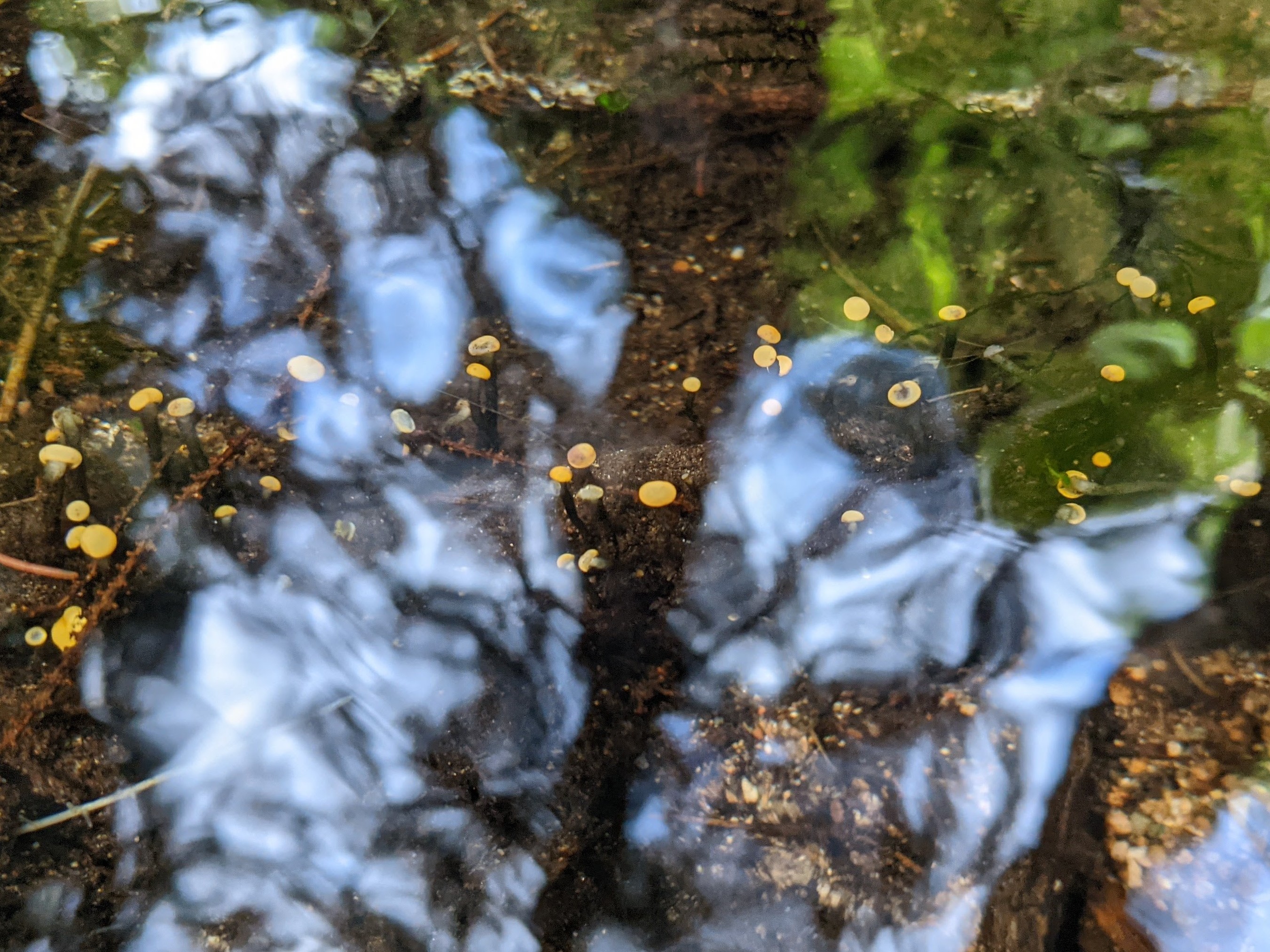This looks more like Acremonium to me because the conidiogenous cells (the stalks producing droplets of spores at the tips) are very irregularly arranged. In Verticillium, the conidiogenous cells should be in whorls.
http://website.nbm-mnb.ca/mycologywebpages/Moulds/Acremonium.html

It's easy to confuse the two because of how morphologically simple they are. Fun fact (or not depending on how much of a nerd you are), fungi that produce sticky droplets of spores on long stalks like this are often dispersed by arthropods, such as mites or springtails, which bump into the spore droplets as they walk along.